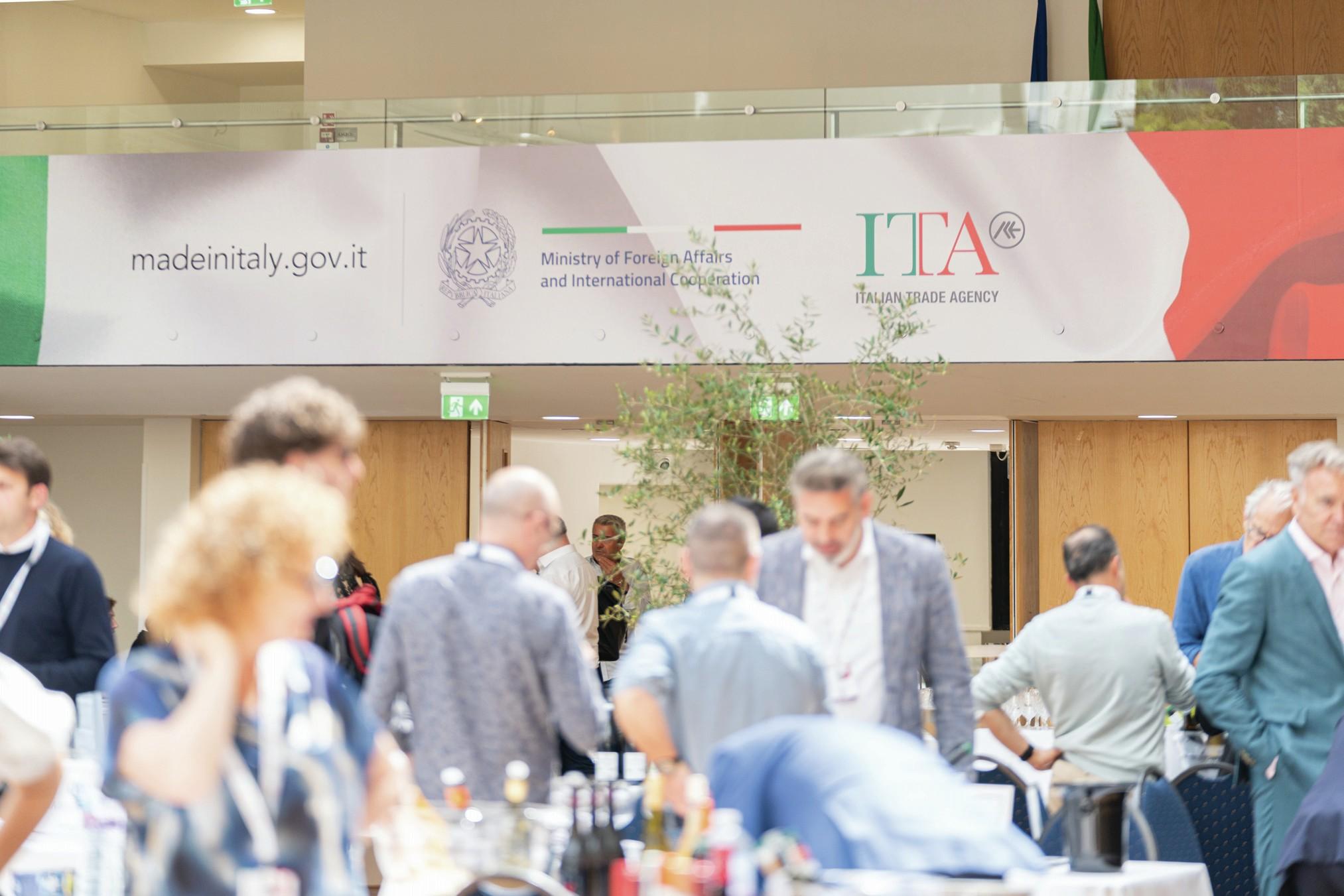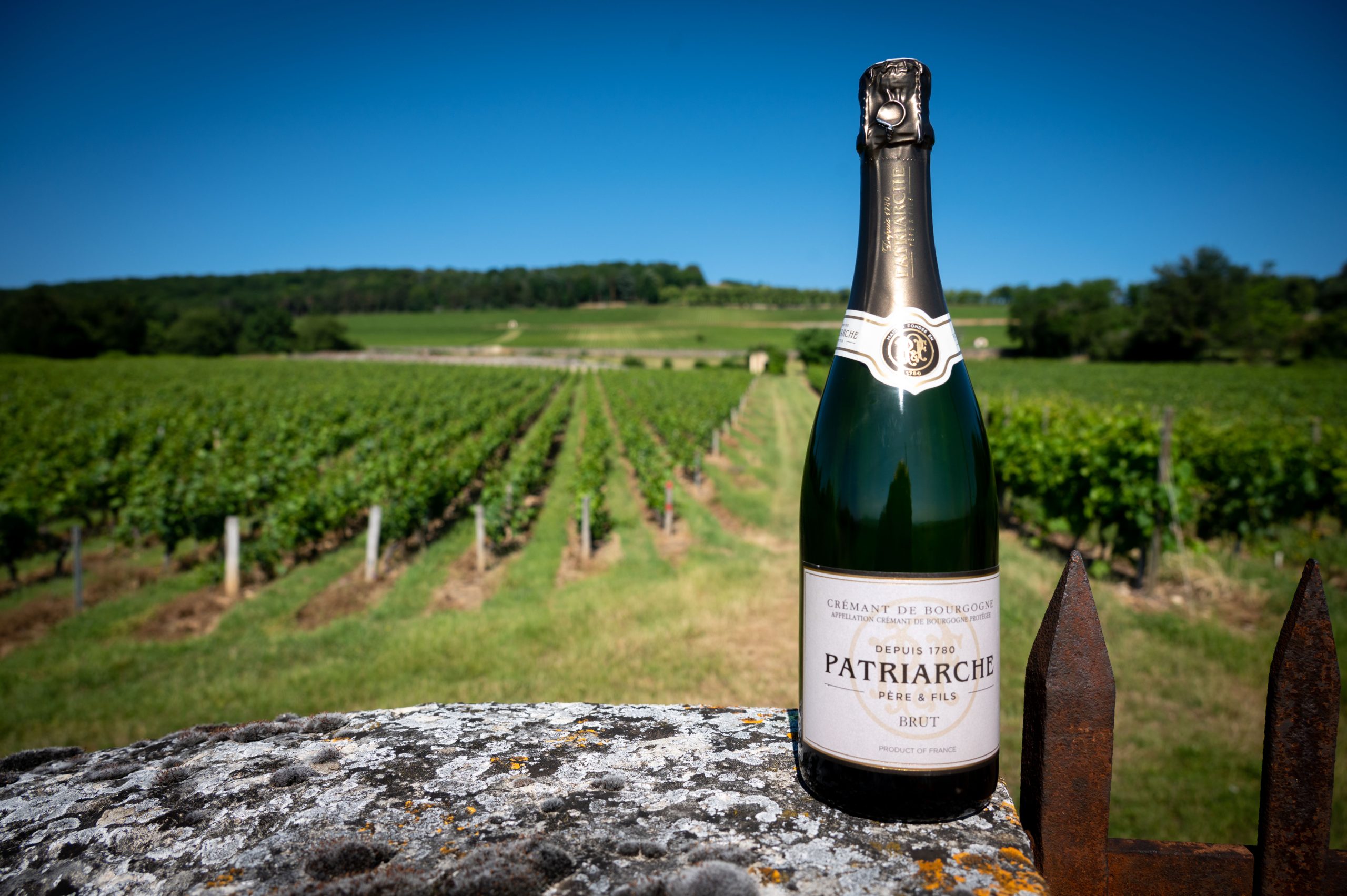CGA: UK sees “fundamental reset” of hospitality industry as 7,000 venues still “in limbo”
A new report has said that the UK hospitality industry may be in the middle of a ‘fundamental’ reset as managed groups and food-led venues making a stronger come-back than independents and drinking-out venues, and 7,000 venues remained closed.

The Market Recovery Monitor from CGA and Alix Partners has shown that by the end of July, 93% of venues were now open, or around 98,790 premises, with “encouraging signs” of new openings rather than closures.
However, it warned that there was a sharp contrast between the sectors that make up the hospitality market – with managed restaurant, pub and bar groups were returning at a faster pace than independents, around 98.7% compared to 89.9% of independently-run venues.
Similarly there was a stronger reopening for eating venues than drinking ones. Around 98.1% of food-led licensed premises were back trading by the end of July, compared to 91.4% of drink-led sites, the data showed.
The report said that these striking contrasts appeared to be sticking, rebalancing the market in favour of managed groups over independents, and eating-out over drinking-out.
In limbo
Of the 7,300 licensed premises – around 7% of the total – still closed and “in limbo”, independents outnumbered managed groups by more than 25 to one (6,883 compared to 258 managed and 257 leased). The report found that the independent sector is already 8.5% smaller than it was before COVID hit, and sustained government support will be needed to avoid more contraction.
“Trading capacity has climbed steadily since inside service was permitted in mid-May, but the continued closure of so many venues shows the sector’s recovery has a long way to go yet”, the report said, although it added that “The net decline in total venues, while deeply damaging, may allow remaining outlets to widen their catchment areas and increase footfall.”
Partner Content
The new Market Recovery Monitor also provides a review of hospitality’s site numbers over the course of the pandemic. Britain’s total licensed premises plunged by more than 9,000 between Spring 2020 and 2021—8.1% of the pre-Covid total, and equivalent to one net closure every hour. However, total site numbers have edged up slightly in the last two months, indicating that confidence and investment in the sector are starting to return.
Karl Chessell, CGA’s business unit director for hospitality operators and food, EMEA, called it “very promising” that trading numbers are now at their highest point since the onset of the pandemic and the “modest but steady flow” of new venues suggested that the worst of the crisis was behing us.
However, he warned of more “inevitable” business failures.
“Thousands of businesses remain vulnerable, and their future will now depend on how well they can overcome major challenges such as the high debt levels many hav,” he said. “Consumers are returning to the sector and the pent-up demand is favourable, so getting through the early stages of the recovery is critical for these businesses.”
Graeme Smith, AlixPartners’ managing director, said ‘freedom day’ had marked the beginning of “a new chapter for hospitality” but questioned whether the remaining 7,000 venues would ever reopen under their current ownership.
“The well-publicised challenges in the market around labour and product supply only add to a complex picture during what should be peak trading season, with operators across the country taking drastic action through reducing their hours or closing as a direct consequence of these issues,” he said.
Related news
Strong peak trading to boost Naked Wines' year profitability




